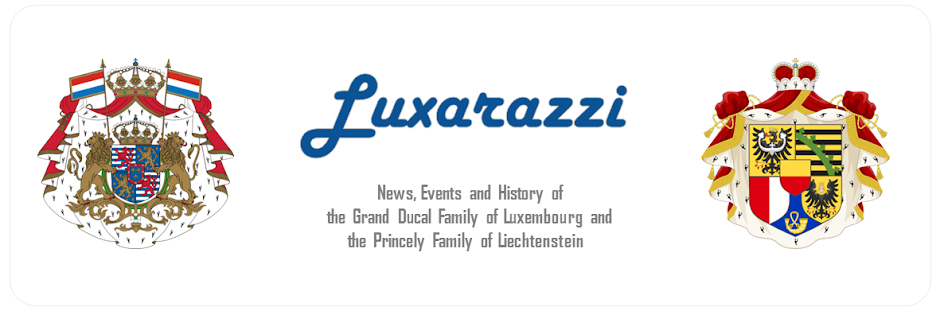With quite a bit else going on, I feel that we have neglected our Royally Speaking... series a little but don't worry, we're far from done. In today's edition I talked to Sophie of the Dutch-language website All Things Royal.
I know you count Diana, Princess of Wales and Queen Máxima of the Netherlands among your favourite royals, was it with either of them that your interest in royalty started out or was it some other way?
I know you count Diana, Princess of Wales and Queen Máxima of the Netherlands among your favourite royals, was it with either of them that your interest in royalty started out or was it some other way?
It all started with Diana! I was six year old and loved browsing the Dutch gossip magazines to look at pictures of her. Especially pictures of her in evening gowns and tiara. She really was, in my mind, the fairytale princess. Two years later, 1992, the War of the Waleses began. The pictures of a unhappy Diana and all placed me firmly in Team Diana. I went to the library to get the Morton-book. Very quickly I was a know-it-all about Diana (allthough biased). In the nineties I did read up on other monarchies, but wasn’t interested then. When Filip married Mathilde, Willem-Alexander was in a serious relationship with Emily Bremers and the first engagements in the Dutch royal family happened, I started to get more serious about the other monarchies. I picked a good time, because a whole lot of engagements, weddings happened and babies were born! Sadly funerals too.
How and why did you decide to set up the Dutch-language blog and forum All Things Royal?
Well, my late father was a journalist and amateur historian and in the late ‘90’s he got into webdesign to create a website about the history of the village where we lived. I got interested and he tought me to create a website. Because royalty was my hobby and interest, a theme was easily picked. In 2004, I decided to make it more professional and the number one Dutch source on royalty (yikes, that does sound very ambitious!). I was a member of The Royal Forums (then called Les Tribunes Royale) and thought a forum would be a good idea as well. Now, 10 years later, the site is still going strong!
That’s a difficult question! Of course the ‘Circle of Life’ (weddings, babies, funerals) keeps you going. Scandals help too. Tradition and history play a huge part. I love learning about the history and traditions of royal families. And I find my interest has shifted towards the lesser known and former European royal families, so there is a lot of catching up to do!
Which royal family are you personally most interested in and why?
The Dutch royal family, obviously. Why? Well, they are a loving family and professional in how they handle their royal work. They are also exquisite in how to handle and maintain their bond/connection to the Dutch people. Compared to the royal family of Belgium (where I live)… But I do follow the Belgian and Luxembourg family as well, because of the historical ties and family ties.
And last but certainly not least, if you could invite six royals (dead or alive) to a dinner party, which ones would find an invitation in their mailbox?
Hereditary Grand Duchess Stéphanie: she is my age and a fellow Belgian. She seems very sympathetic and friendly so I have the feeling we would get along and I would love to hear how her life is and how Luxembourg as a country is.
The Duchess of Cambridge: I am just interested how the real Catherine is and how she deals with the stardom/celebrity status that the media desperately wants to give her? How does she cope with it? And to talk about William and a bit about Diana.
Queen Máxima: She will bring the bling and the fun. Though I would like to talk to her about how she felt about leaving everything behind her. Was it difficult? How did she decide moving to the Netherlands was worth doing it?
Queen Elizabeth II: she is an institution but I am really curious to how she really is.
Princess Charlene: to give her some pep talk.
Crown Princess Victoria: she is very spontaneous and has a lovely family. And I feel she will be a very good person to have a serious talk about life with.










































